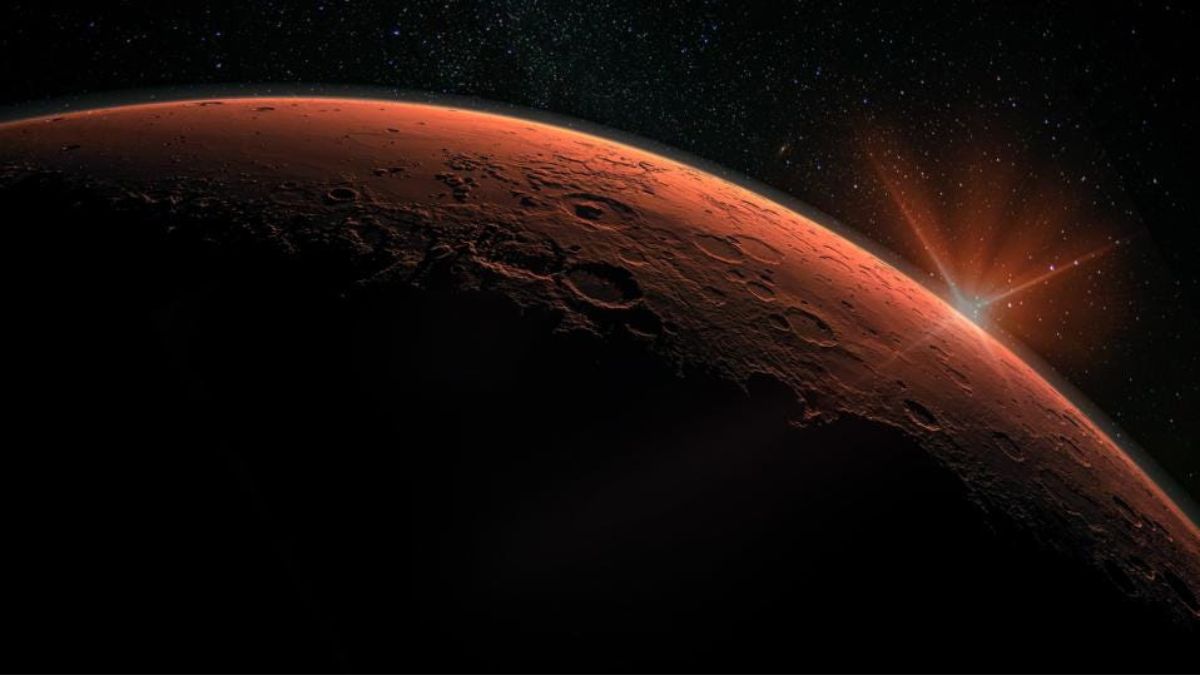
Mariner 4, the first NASA mission to capture pictures of Mars was launched 58 years ago. This red planet day, read all about the missions that have brought humanity closer to our neighbor.
What is Red Planet Day?
Red planet day commemorates a day critical and most significant among space missions to Mars. NASA launched Mariner 4, a space probe credited for our knowledge of Mars and its first pictures on 28 November 1964. The probe flew past Mars in July 1965. Moreover, this was the first time that a spacecraft flew by the planet and took close-up images of another planet. Since then, human interest in Mars has been rising and leading to a future where the idea of setting up a colony on Mars is a real possibility.
Early observations on the red planet were made by Giovanni Schiaparelli, an Italian astronomer. Schiaparelli claimed he observed linear planets and named the planet ‘canali’. The word was mistranslated as canals in English, carving the way for thoughts that intelligent life was on Mars. While the idea fell out among scientists in the early 20th century, it was successful in finding its way to pop culture and science fiction.
More on missions to Mars
Following an eight-month journey to Mars, NASA’s Mariner 4 provided humanity with the first glimpses of the planet. “Although originally not expected to survive much past the Mars flyby encounter, Mariner 4 lasts about three years in solar orbit, continuing long-term studies of the solar wind environment and making coordinated measurements with Mariner 5,” stated NASA. Later in the 1970s, NASA’s Viking missions carried out chemical analysis of soil from Mars.
In the following decade, research revealed the isotopic concentration of the Martian atmosphere matches that of rare gases (Argon, Xenon, Neon, and Krypton). In 2001, the Mars Odyssey spacecraft’s Gamma Ray spectrometer detected the presence of hydrogen, indicating the presence of water ice. Supporting this, NASA’s Phoenix scooped out soil and ice to confirm it.
Several nations are now helping better understand the red planet. NASA has the Mars Insight (lander), Curiosity (rover), and three orbiters- MAVEN, Mars Odyssey, and Mars Reconnaissance Orbiter. The EU has two orbiters-ExoMars Trace Gas Orbiter and Mars express. India has Mangalyaan-1, an orbiter. UAE and China will have Hope and Taiwan-1, an orbiter each. UAE is aiming to better understand the martian atmosphere and learn how it lost its atmosphere.
